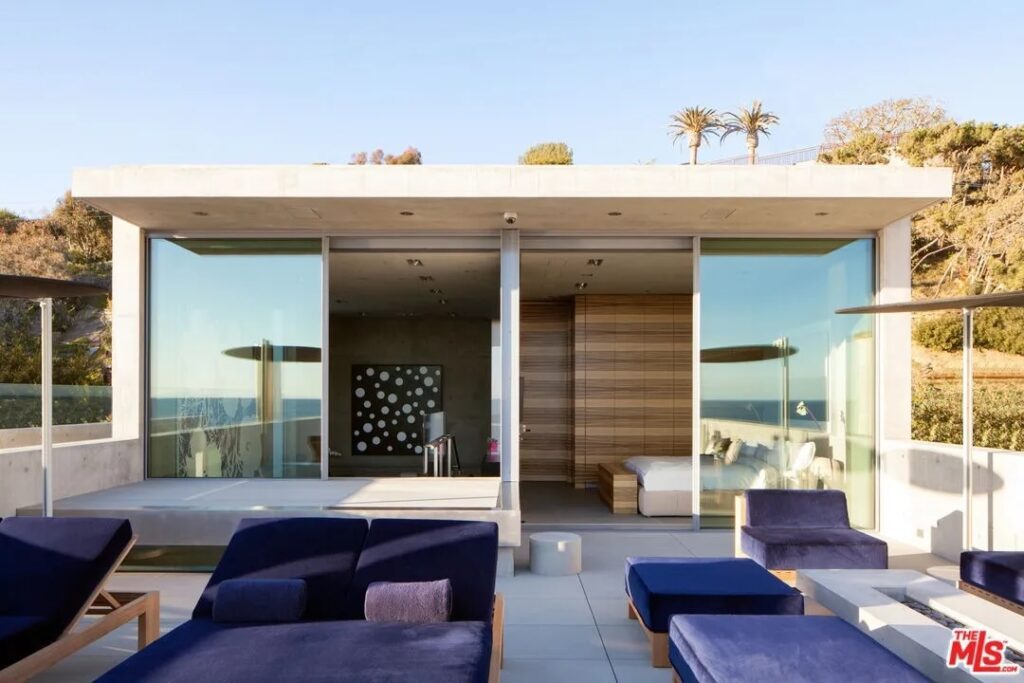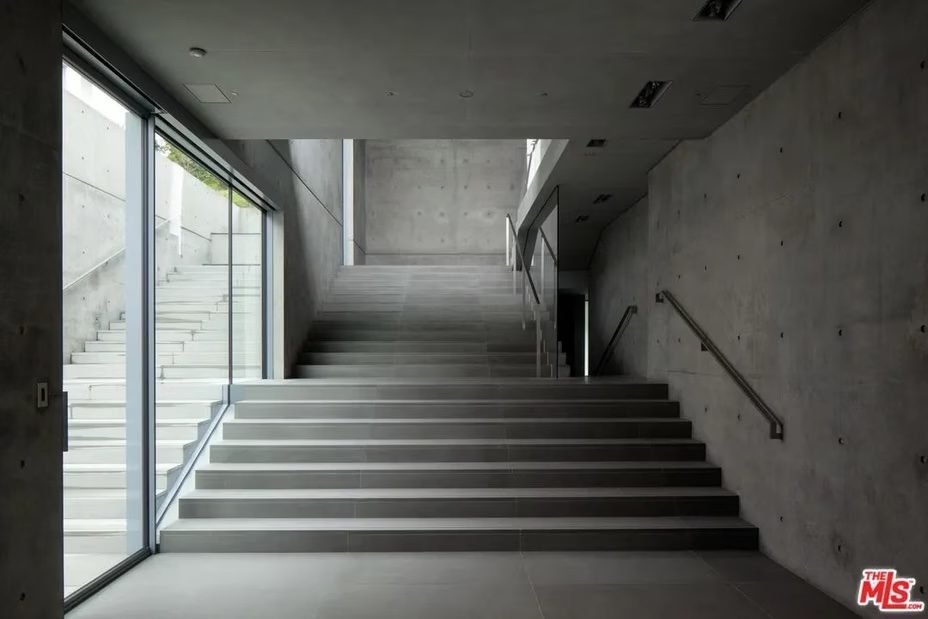Kevin Keegan is uniquely qualified to comment on applying 21st-century technology to the inner and outer workings of the City of Malibu. As stated in Part One: “Keegan has about two decades of experience as a management and technology consultant with Booz Allen Hamilton, Oracle, and other organizations and universities. In Malibu, Keegan was recently appointed to the Public Works Commission, serves as president of the Malibu PTSA, leads the Malibu Schools Safety and AI Study committees, and was co-chair of the ‘Yes on Measure MM’ campaign.”
In Part Two, Keegan discusses the possibilities of using 21st-century tech and AI to make Malibu both visitor and citizen-serving.
At the City Council meeting for March 10 you had interesting things to say about creating a Malibu app which would consolidate all the various information channels around Malibu and put them all in one easy-to-use application. Is that correct?
The statement I made during the City Council regular meeting on March 10 was, “Malibu resident Bryan Fogel…
…sorry, Bryan Fogel? The guy who won the Best Documentary Oscar for “Icarus”?
…that’s him, and I said, “Bryan made an impassioned public comment in February suggesting we launch a PCH Access App to replace the paper-based system being used today. This app could save a lot of time and money for the community,” and my question to the council was, “Is the city or county pursuing Bryan Fogel’s PCH Access App idea?” (Note that Kraig Hill believes he may have proposed the idea before Bryan.) The Godfather of PCH Safety, Michel Shane, agrees this is a great idea. I have not received a reply.
Well, I have seen the massive binders of information the City Council people have to absorb for every meeting.They’re overloaded.
Which is a principal reason I want to help them. Today, a cursory review of my iPhone’s App Store shows Malibu-related apps for wellness services, clubs, and a car, but no civic app.
And 10,000 apps for yoga and real estate. And surf lessons!
Surfers appreciate apps. To simplify the arguments for the PCH Access App, the app solution would give residents more access, more convenience, and more local control, and because city officials have publicly stated that PCH access will be limited for “a long time …”
Col. Sawser predicted a May 31 opening. Just in time for summer! I think there should be a ribbon-cutting and parade.
… a PCH Access App will save the city time and money (easy to quantify = less employee time, less stakeholder coordination, fewer meetings, and no paperwork). Therefore, Bryan and Kraig’s proposal is not just smart and forward-thinking, it’s the prudent solution to benefit Malibu’s busy residents.
There’s a lot of information zinging around the ether — especially when disaster strikes: NextDoor, Facebook, Instagram, X, County of Los Angeles, City of Los Angeles, City of Malibu. A lot of mixed signals and incorrect info. The City of Malibu APP could collect, collate, verify, and present all that information in one place.
Exactly! The City of Malibu App you envision is excellent. As some residents have shared with you, the app’s success would rely on the requirements or how we define the problems or issues the app addresses or supports, as they relate to our unique rural community and the city’s vision and mission. From there we’d define features, categories, services, etc.
I just downloaded the Discover LA app and it’s pretty good. At the front it divides up into four categories: DO EAT STAY EVENTS. But that app is more for visitors, while the Malibu app would be more for citizens? Both? Maybe it would divide up at the beginning between CITIZEN and VISITOR?
During the Palisades Fire, many Malibu residents sought a central source of emergency information and reached for an app; for example, we downloaded the crowdsourced Watch Duty, the 911-connected app Pulse Point, and the community evacuation app Genasys.
Yes, other cities have apps. Many are travel or tourist-related, and that could be a recommendation to the Pali-Bu Chamber of Commerce (again, post-emergency). LA, NYC, San Fran, Boston, Philly, etc. all have 311 apps. Malibu has an emergency alert system, but no app. Platforms like SeeClickFix, Accela, and EverBridge may be options the city could assess.
Malibu could have fun generating ideas for a Malibu app, maybe engage our younger community members. While we await completion of debris removal and give the Malibu Rebuild Center time to generate momentum, the city could propose a contest: Ask residents and citizens to share their app ideas and proposals. Reserve time during a City Council meeting later this year for the selected winners to present. Tap our local tech titans to be judges and advise on a final version.
But you also mentioned using AI to speed up the planning and permitting bureaucracies of Malibu. That’s an idea whose time has come and gone and come again because if the Planning Department was constipated after Woolsey, imagine it now with more than half of eastern Malibu — and some of central — reduced to smoke and ash.
Good news is the planning team, led by Tyler Eaton, appears open to this idea. The opportunity is for me to use my experience and education to help our community.
What energizes me is taking all the emerging trends in the digital and technology realms and ‘riding those waves’ for success in Malibu. We know that everyone loves a comeback story, and we can harness our Malibu-Strong-energy in a strategic, smart, forward-thinking way, in addition to focusing on taking advantage of the emergency ordinances and process streamlining.
Your Kasparov chess example is a good one. IBM’s Watson Jeopardy champions (2011) or Google DeepMind’sAlphaGo (2016) are interesting “Man vs. AI” examples, but better examples today (in my opinion) are “Human + AI” examples like the Beethoven Orchestra Bonn’s performance in 2021 of Beethoven’s 10th Symphony (yes, you read that correctly), a piece completed by “Beethoven X: The AI Project.”
I’m all about Ludwig van. I’m a Beethoven guy. Me and Little Alex from “A Clockwork Orange.” I like his 21st piano sonata — Waldstein — scary. That’s Beethoven, created by an AI program. Oy. What kind of universe is this?
Those are meaningful personal examples, but what about at a city level?
According to a Forbes and Deloitte survey of 250 cities globally, the 10 most effective AI use cases for cities address:traffic management, public safety, energy management, customer service, predictive maintenance, waste management, decision-making and analysis, urban planning, cybersecurity, and fraud detection.
Do you believe Malibu could use help and support with cost-saving and efficiency-building solutions to address any of those issues?
Obviously, any AI-related solutions and benefits cannot be implemented overnight, but the opportunity for a new city manager is to establish the city’s technology foundation that includes, for example, beginning to use AI solutions like GenAI, ensuring the responsible use of AI, and encouraging preliminary implementation and testing of AI across city sectors.
The EPIC-LA electronic permitting and inspections portal has been recommended by several Malibu-based design professionals. The L.A. County and Fire Department use that portal. Targeting 2025 as the year to transition to EPIC-LA seems like a technology-enhancement opportunity for the City of Malibu.
What’s happening with the new city manager? It’s like choosing a new pope or something. When is that going to happen and do you have any favorite candidates?
Maybe I can be appointed to our city’s conclave? I have sat through most of the post-Palisades Fire city-led meetings since January and I can count on one hand the number of times “technology” or “AI” have been mentioned in all the discussions about changes and solutions.
What I am advocating for is to encourage technology solutions and ideas that can begin to be implemented during the Palisades Fire Rebuild to save time and money. At a basic level, that starts by asking architects, engineers, surveyors, contractors, developers, and others, what AI or other efficiency solutions are they using to help residents rebuild?
If AI can beat Kasparov and compose Beethoven symphonies, what isn’t possible?
Beautifully stated. A core problem for our community is speed, and it’s not just in Malibu. On the one hand, residents want to move fast — both collectively (clear the beachfront, for example) and individually (rebuild my home in “12-to-15 months”) — and on the other hand the processes are complicated — both collectively (rebuilding utility infrastructure or advocating for insurance reform) and individually (the many documents, reviews, checks, etc.). The result is A LOT of pressure on our systems.
U.S. Army Corps of Engineers Col. Brian Sawser mentioned during a Malibu neighborhood task force meeting last weekend that he has teams that are incentivized for speed and that they are leveraging AI solutions. Some Malibu residents are enamored by Col. Sawser. The City of Malibu could embed a staff member (part-time) in the colonel’steam with instructions to offer local support, ensure lessons learned are being applied to all neighborhoods, and capture best practices to be incorporated into the city’s future standard operating practices.
If that sort of thing is going to happen, it should happen here. Malibu has money, it’s sophisticated, game to try anything.
The point is encouraging an environment in Malibu where the innovations are being considered seriously and applied appropriately, especially when efficiencies can be gained, and time and money can be saved.
From working at the newsstand and hanging at Zinque I have met a lot of people who are in shock after losing everything, and then the future shock of undergoing a permitting and building process they know is going to be excruciating?
And maybe not worth it, so they’re gonna move to Las Vegas or some other drastic measure. Orange County!
Is there any way modern technology can take out some of the excruciation?
Absolutely. According to the National League of Cities, “AI could influence local housing policy…through streamlining administrative processes.” This can be done incrementally, meaning Malibu could pilot test programs as the Malibu Rebuilds process unfolds. Start with EPIC-LA, form an AI task force, launch a PCH Access App, start a City App contest, embed with Col. Sawser’s team, announce a plan to open the Malibu Technology Library, and adopt a technology mindset — those easy steps would help us establish Malibu’s technology foundation.
Okay Beethoven’s AI-finished unfinished 10th just finished. Twenty minutes of Ludwig VAI. Sheesh. How about Kevin Keegan for city manager? You’re at all the meetings anyway.
Malibu is a magical place. I would be honored to serve our cherished city.















